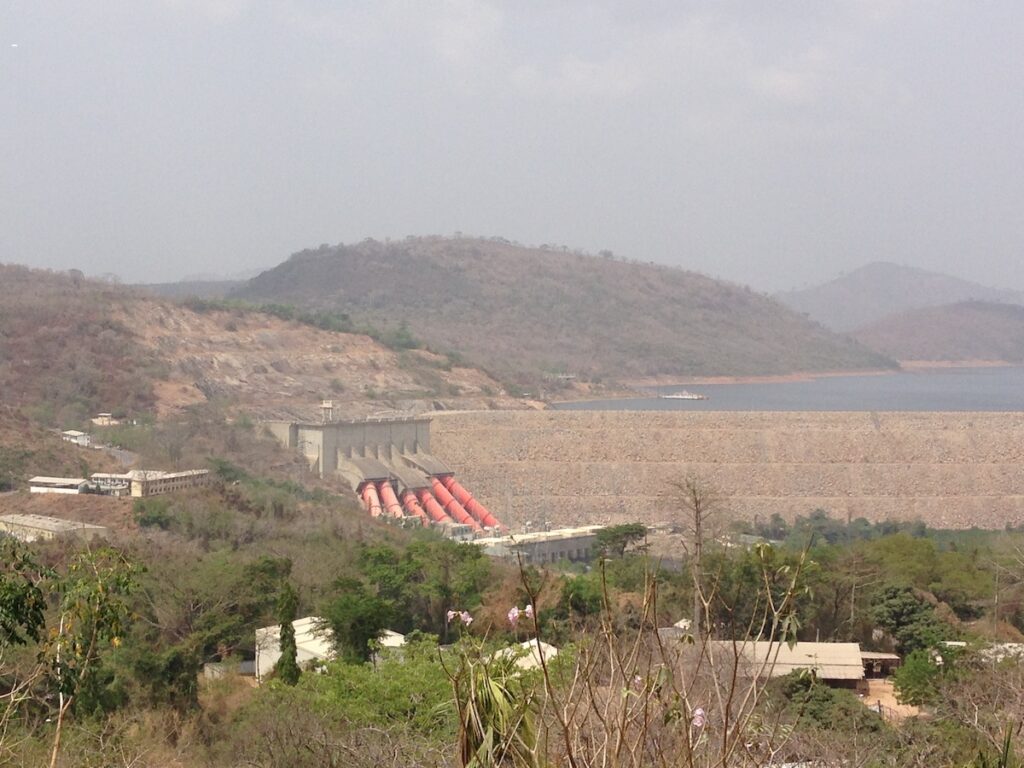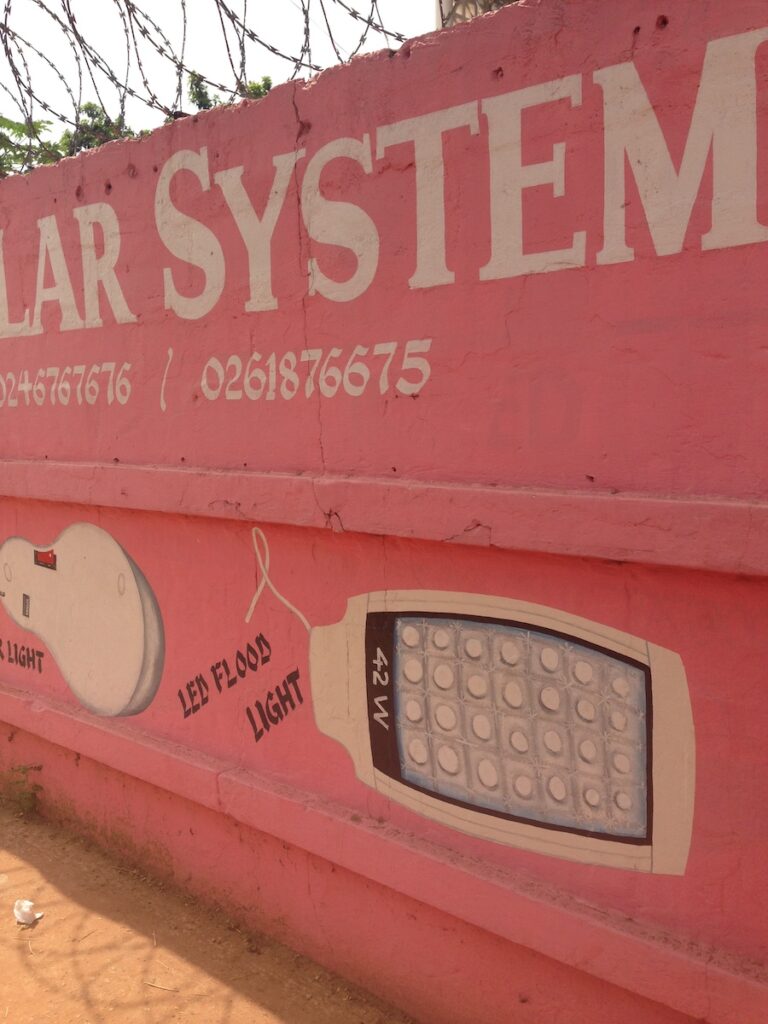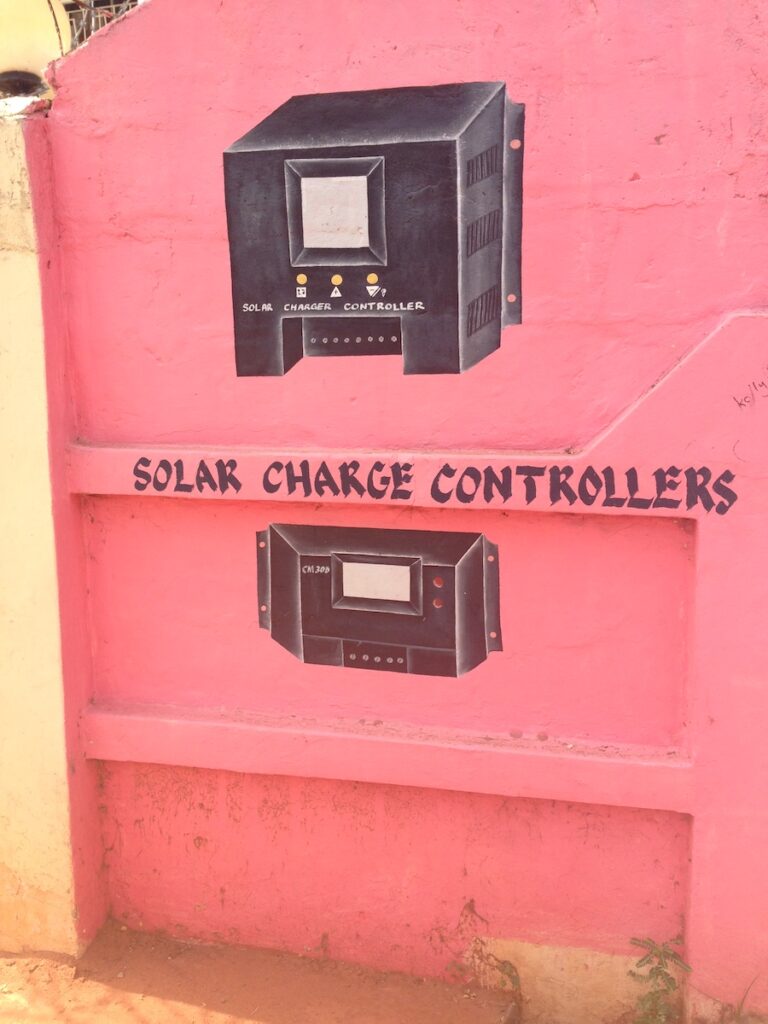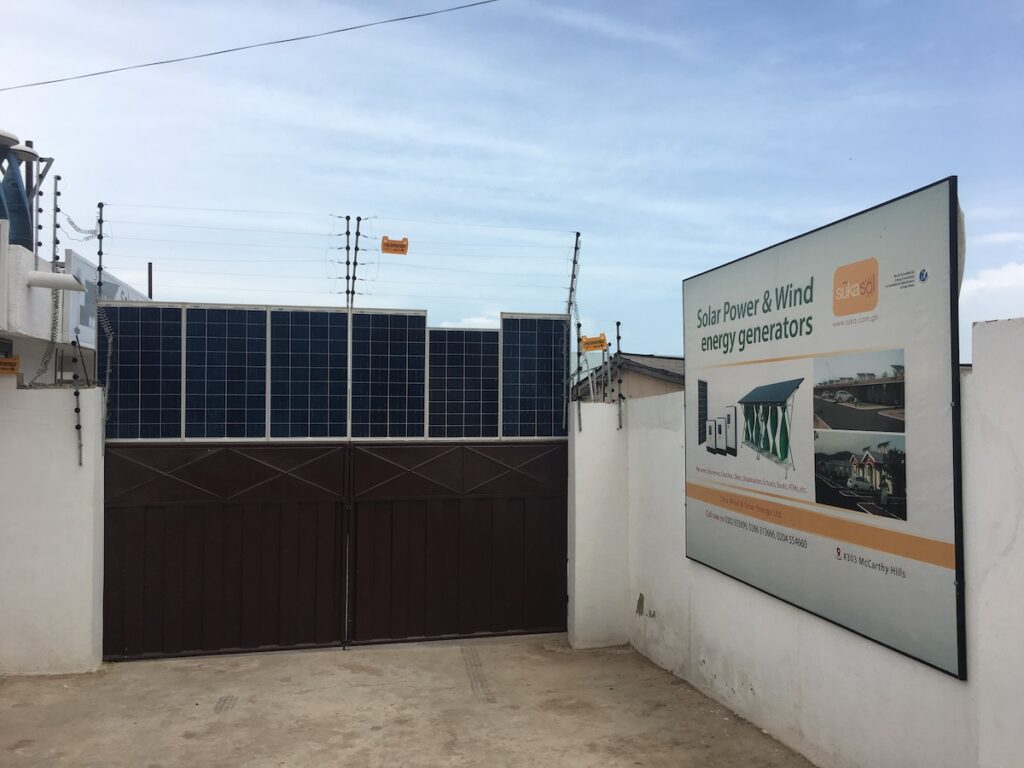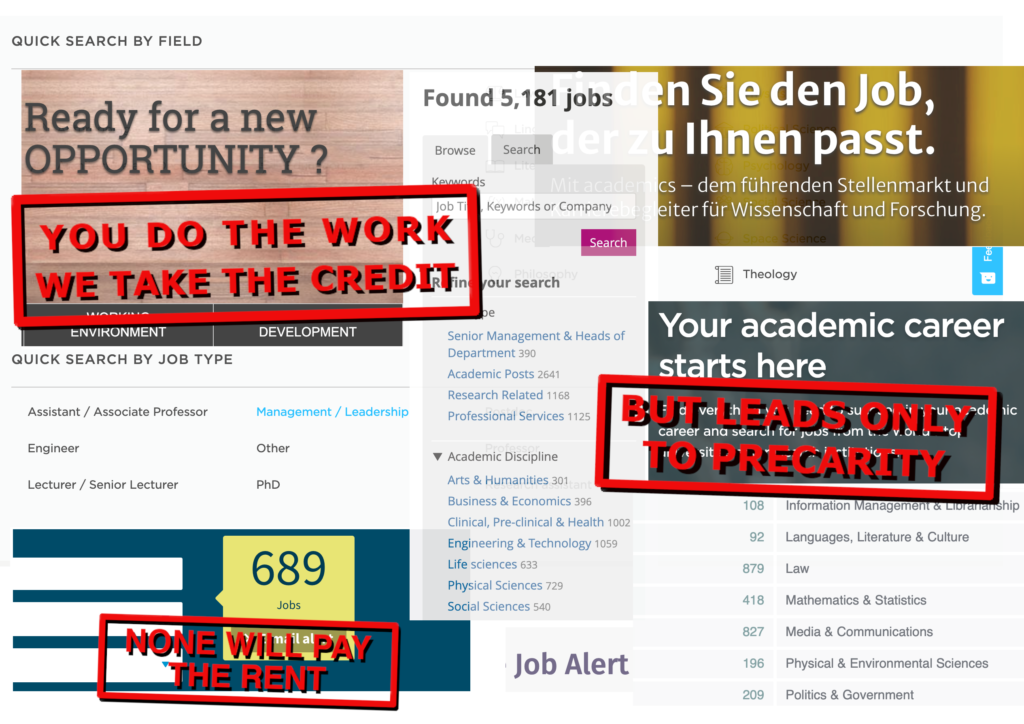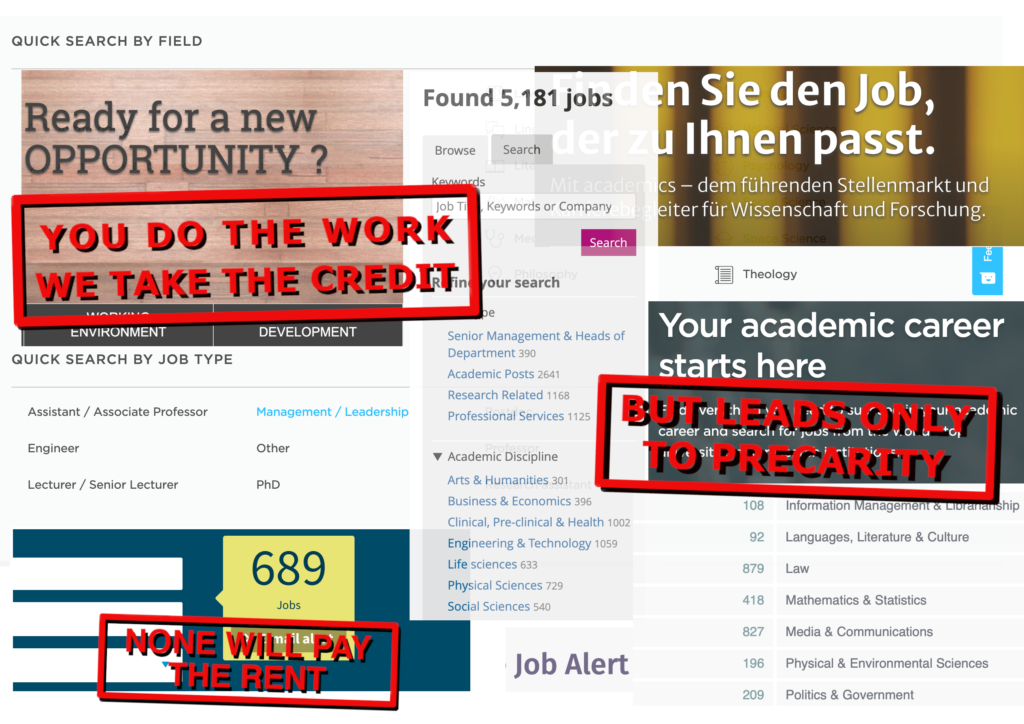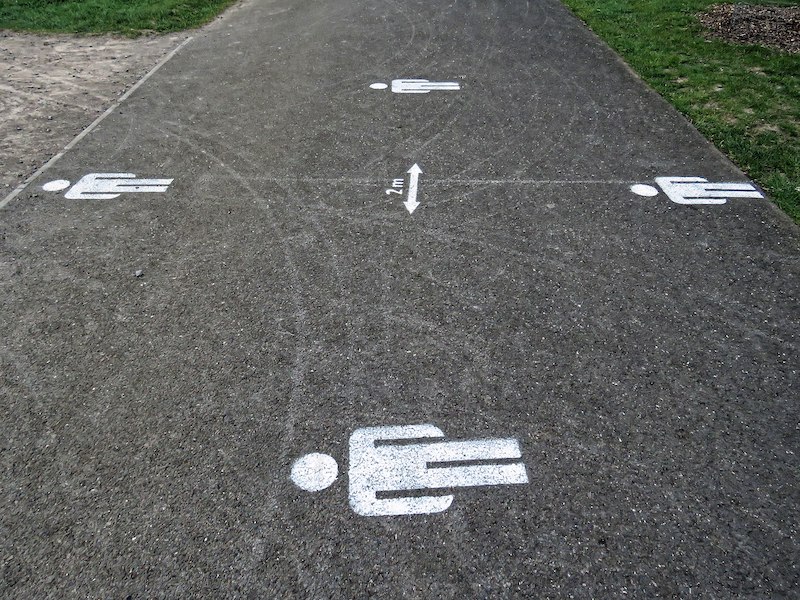
To understand the massive world-disruption of the COVID-19 pandemic we need a sociology of complicity. Since the different waves hit the planet, we have been hearing repeatedly two crucial phrases: 1) “we are all in this together” (or the opposite: “we are not in this together”), and 2) “we are all becoming complacent to the virus.” Politicians and epidemiologists have shown us how we have “lowered down our collective guards” to community transmission of the virus. Simultaneously, the pandemic has exposed and accelerated social inequalities like never before. Complicity has led us to be complacent, and complacency has only exacerbated our complicity. Complicity with these increasingly genocidal and fascist forms of late capitalism at the macro level and its counterpart of auto-exploitative neoliberal subjectivity at the micro-level (see Chapoutot 2020) took us all to here-now.
The key question Michel Foucault and other critical thinkers (see Peters 2020) have repeatedly asked is: What causes us to love and obey forms of power/subjectivity that are strictly against our interests? I argue that as we move away from complicity/compliance, we should choose complicity/connection. That is, we should aim to create entanglements of solidarity and ethical relatedness to fight the current and future forms of oppression and inequality that will emerge during and after the COVID-19 capitalist and neoliberal world.
Beyond complicity/complacency
Two key ideas from Karl Marx and Émile Durkheim can form our compass. First, the world-remaking thesis: we need to go beyond inferring the world to radically change it. We need to seize our complacencies with an individualistic commodity-driven world shaped by extreme (auto)exploitation and (outer)profit. (2) the connection-as-sociability thesis: we need to look at how solidarity works as a form of social connective tissue, even more when considering the social disconnection and the exacerbation of prior inequities created by the current pandemic. Both Marx and Durkheim dealt with the ‘complacency’ dynamic, the former as a matter of complicity (including cross-class alliances for revolution), the latter as a matter of connection (social solidarity in an anomic world). When we look up the etymology of complicity, we are struck by the realization that it has the same root as compliance (from com– ‘together’ + the root of plicare ‘to fold’). A kind of ‘folding together,’ the latter more like folding in the sense of bending to authority or just giving up: as we have all had to adapt to wearing masks, social distancing, following changing public health orders, etc. Conversely, many have resisted this on the grounds of their freedom being violated.
The world-remaking thesis
Karl Marx was among the first to confront the fact that intellectuals are never detached observers but rather deeply connected with, and implicated in, structures of power, status, wealth, and symbolic captures. In The German Ideology, Marx (1970) goes against the Hegelian intellectuals who were “merely interpreting the world” (as if that was ever possible). For Marx, the key organizing idea has always been to “change the world.” Marx (1990) wrote Kapital while helping to organize the International Workingmen’s Association in the middle of debates with Bakunin and Proudhon on how to mobilize the working class to change the world according to their interests. He was both a public writer and public speaker fueling the masses to decode and transform this unjust (human-made, and, thus, human-changeable) world. Those two things were never a contradiction but his raison d’être.
Today, we have naturalized and reified the capitalist world. We cannot imagine the end of it. As Frederic Jameson (2003, 76) says “[s]omeone once said that it is easier to imagine the end of the world than to imagine the end of capitalism. We can now revise that and witness the attempt to imagine capitalism by way of imagining the end of the world.” Imagining the end of the world is visualizing our complicities with this capitalist world. We can see how we (social scientists) are wired and networked in ways that both insulate us and implicate us without questioning capitalism itself. But for Marx, everything was about how intellectuals–philosophers, historians, political organizers, and workers–were complicit, compliant, and complacent with the unjust social worlds experienced by the working-classes. That was the key back then, that is the key right now.
Does a post-covid world help us imagine post-capitalism and post-neoliberal subjectivity? Or can we re-envision capitalism by way of imagining the end of the COVID-19 world? Both are intrinsically interconnected. Of course, there are “competing narratives” pushing/pulling us to/from inequality and merit, deservingness and undeservingness (Kalb 2020). The COVID-19 pandemic has both intensified and revealed myriad social, racial, gender, economic, political, migratory, and ecological crossroads that were swept under the rug or systemically denied as glitches in the default system designed for endless economic growth (and endless economic gains by a very few; see Robbins 2020). This pandemic did not begin in December 2019. The colonial violence and world imperial destruction, before even industrialization, made this world. And the West would not be the West without complicity with slavery and colonialism (Davis and Todd 2017).
Many interconnected crises and vast inequalities of late capitalism have surfaced at the forefront of the planetary consciousness because of the pandemic. In some weird way, we need to thank the tiny virus for its contribution to seeing what we cannot unsee. Remarkably, those overlapping crises of late capitalism were not hiding out of sight, quite contrary they were/are essential crises of the larger politico-economic systems of accumulation and dispossession that were forced to shift and pivot in new ways (think about Silicon Valley capital investing in telecommunication apps, refugees always on the move finding even more dangerous paths, and state agencies funnelling public money to big-pharma R&D for COVID vaccines).
The dual meaning of “complicity”
When Karl Marx and Friedrich Engels wrote the Communist Manifesto (1848, 1), their first words were these: “A spectre is haunting Europe – the spectre of communism. All the powers of old Europe have entered into a holy alliance to exorcise this spectre: Pope and Tsar, Metternich and Guizot, French Radicals and German police-spies.” As Derrida (1994) writes, the “spectre of communism” were the anti-status-quo forces; the phantasmagoric and powerful fears of imagination (and the imaginative powers of fear) that worked for social revolution. These phantom-like forces were spreading like a summer forest fire through Europe ready to purge this “holy alliance.” They were threatening to destroy everything that was prefiguring the current present (the separation of production from reproduction, human exceptionalism, the racial/imperial project of white European male supremacy). This is one meaning of complicity. COVID-19 is indeed a threat to the current status-quo because of its potential and spectral capacity to disrupt the COVID-capitalist world.
The second meaning of complicity is linked to morality, like in this definition: “the fact or condition of being involved with others in an activity that is unlawful or morally wrong” (Oxford Dictionary). We can see that in the moral justification of outrageous social inequalities (Chancel 2021). For Marx and Engels (1848, 1), “[t]he history of all hitherto existing society is the history of class struggles” and there is no other place to see this right now than in the dramatically unequal and obscene distribution of vaccines between high- and low-income countries. Of course, that is not what Marx and Engels meant about class struggles. Yet, the history of our existing COVID-capitalist society is now the history of vaccine apartheid. There is a vaccine nationalism with an outspoken political and moral agenda. Nigeria, for instance, had to ask the World Bank for a USD400M loan to purchase vaccines. The good wishes of COVAX clashed with national and big-pharma plans.
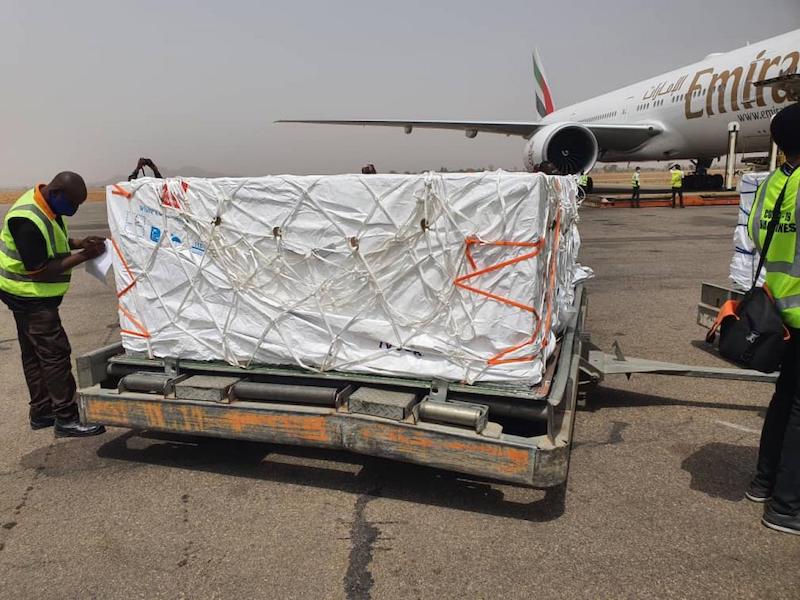
Madhukar Pai argued, “… the widening chasm of vaccine inequity has devastating consequences, especially with the Delta variant ripping through populations. Millions of people will die, and trillions of dollars will be lost. Addressing this inequity MUST be a top priority for everyone, regardless of where they live.” In late 2020, India and South Africa proposed to the WTO’s Trade-Related Aspects of Intellectual Property Council a patent waiver proposal that would free vaccine technology to low- and middle-low-income countries to speed up the vaccination rollouts and to contain the further development of more mutations in those countries unable to access to vaccines via market purchases. In their statement, India argues “[o]n the one hand, these [high-income] countries are buying up as much of the limited supply as they can, leaving no vaccines in the pie for developing and least-developed countries. On the other hand, and very strangely, these are the same countries who are arguing against the need for the waiver that can help increase the global manufacturing and supply to achieve not just equitable, but also timely and affordable access to such vaccines for all countries” (Usher 2021, 1791). It is morally reprehensible that high-income countries are complicit with the further expansion of Delta and potential other variants in low and middle-low-income countries (and among their own marginalized communities).
The last words of Marx and Engels’ Manifesto were the working-class mantra: “Proletarians of all lands, Unite!” In this urgent context, there is no time to waste on any form of complicit-complacency regarding collective solutions to this pandemic (vaccines being not the only one but a big one). By September of 2021, according to the WHO, “Only 20% of people in low- and lower-middle-income countries have received a first dose of vaccine compared to 80% in high- and upper-middle income countries.” Few countries are overflowing with vaccines, whereas many parts of the world have few or no vaccines at all. There is a full-fledged vaccine diplomacy war (“vaccine nationalism”) developing between China, Russia, UK, and U.S (Zhou 2021). Calls to liberate patents and transfer know-how to rapidly accelerate the vaccination campaigns throughout the whole world have been scarce or muted. How, then, did we allow big pharma to set the tone of the vaccine campaigns worldwide when we know that no one will be safe until everyone is?
The connection-as-sociability thesis
Émile Durkheim (1912) coined the concept of “collective effervescence” during the vast secularization and individualization processes of the early 20th century in metropolitan and imperial Europe. His concept refers to instances in which a community, social group, or society may come together as a sort of collective-at-sync political-emotional unfolding. We could argue that the COVID-19 pandemic is a fundamentally social phenomenon that (very unevenly) affects humanity in the same way religion was for Durkheim back then. Some events can cause collective effervescence which inspires individuals and can act as a catalytic to unite society (think, for instance, the race to create COVID-19 vaccines or the anti-mask movement). We are all going to get out of it worse or better and it entirely depends on how we manage this “collective effervescence.”
The police killing of George Floyd, Brionna Taylor, Jared Lowndes and many other Black, Indigenous, and People of Color created long-lasting effects, political organizing, communal solidarity, and forms of resistance. The live-filmed death of Joyce Echaquan, a 37-year-old Atikamekw woman who suffered from a rare heart condition and filmed her health care providers in a Quebec hospital mistreating her and letting her die shook Canada. It prompted the province coroner to ask the Quebec government to recognize the systemic racism within the health care system. These are examples of how the pandemic has both exacerbated and made visible structural violence. We could expand the argument in the direction of the fresh COP26’s massive failure and global warming apocalypse, a massive capitalist restructuring from above is very possible, one which is going to replicate the injustices and unevenness of Covid. Yet, what keeps us together despite a brutal pandemic that tends to isolate, alienate, oppress, and vaccine-apartheid us? What is the source of hope despite, and because, of this pandemic? Naomi Klein says that we are living in Coronavirus Capitalism, and “If there is one thing history teaches us is that moments of shocks are profoundly volatile. We either lose a whole lot of ground, get fleeced by elites, and pay the price for decades, or we win progressive victories that seemed impossible just a few weeks earlier. This is no time to lose our nerves. The future will be determined by whoever is willing to fight harder for the ideas they have lying around.” If we can transition from complicity-complacency to complicity-connection, we could still change this story. We could change this world.
Rafael Wainer is a medical anthropologist and Lecturer in the Departments of Sociology and Anthropology at the University of British Columbia, Canada. His main research interests are children’s experiences of cancer treatment, palliative care, and medical assistance of dying, hope and resilience, and the socio-anthropological understanding of the COVID-19 pandemic.
References
Chancel, Lucas. 2021. Climate Change and the Global Inequality of Carbon Emissions. World Inequality Data Base. url: https://wid.world/news-article/climate-change-the-global-inequality-of-carbon-emissions/
Chapoutot, Johann. 2020. Libres d’obéir. Le management, du nazisme à aujourd’hui. Paris: Gallimard.
Davis, Heather and Todd, Zoe. 2017. On the Importance of a Date, or Decolonizing the Anthropocene. ACME: An International Journal for Critical Geographies, 16(4): 761-780.
Derrida, Jacques. 1994. Specters of Marx: The state of the debt, the work of the mourning, and the new international. New York & London: Routledge.
Durkheim, Émile. 1912. The Elementary Forms of the religious life. London: George Allen & Unwin Ltd.
Jameson, Frederic. 2003. Future Cities. New Left Review, 21(May-June): 65-79.
Kalb, Don. 2020. COVID, Crisis, and the Coming Contestations. FocaalBlog, 1 June. http://www.focaalblog.com/2020/06/01/don-kalb-covid-crisis-and-the-coming-contestations/
Marx, Karl. 1990. Das Kapital. Vol. 1. London & New York: Penguin Books.
Marx, Karl and Engels, Friedrich. 1970. The German Ideology. New York: International Publishers.
Peters, Michael A. 2020. ‘The fascism in our heads’: Reich, Fromm, Foucault, Deleuze and Guattari – the social pathology of fascism in the 21st century. Educational Philosophy and Theory. DOI: 10.1080/00131857.2020.1727403
Robbins, Richard. 2020. The Economy After COVID-19. FocaalBlog, 13 July. http://www.focaalblog.com/2020/07/13/richard-h-robbins-the-economy-after-covid-19/
Usher, Ann Danaiya. 2021. South Africa and India push for COVID-19 patents ban. The Lancet, 396(10265): 1790-1791.
Zhou, Yanqiu Rachel. 2021. Vaccine nationalism: contested relationships between COVID-19 and globalization. Globalizations, DOI: 10.1080/14747731.2021.1963202
Cite as: Wainer, Rafael. 2021. “COVID-19: Complicity, complacency, and connections.” FocaalBlog, 22 November. https://www.focaalblog.com/2021/11/22/rafael-wainer-covid-19-complicity-complacency-and-connections
